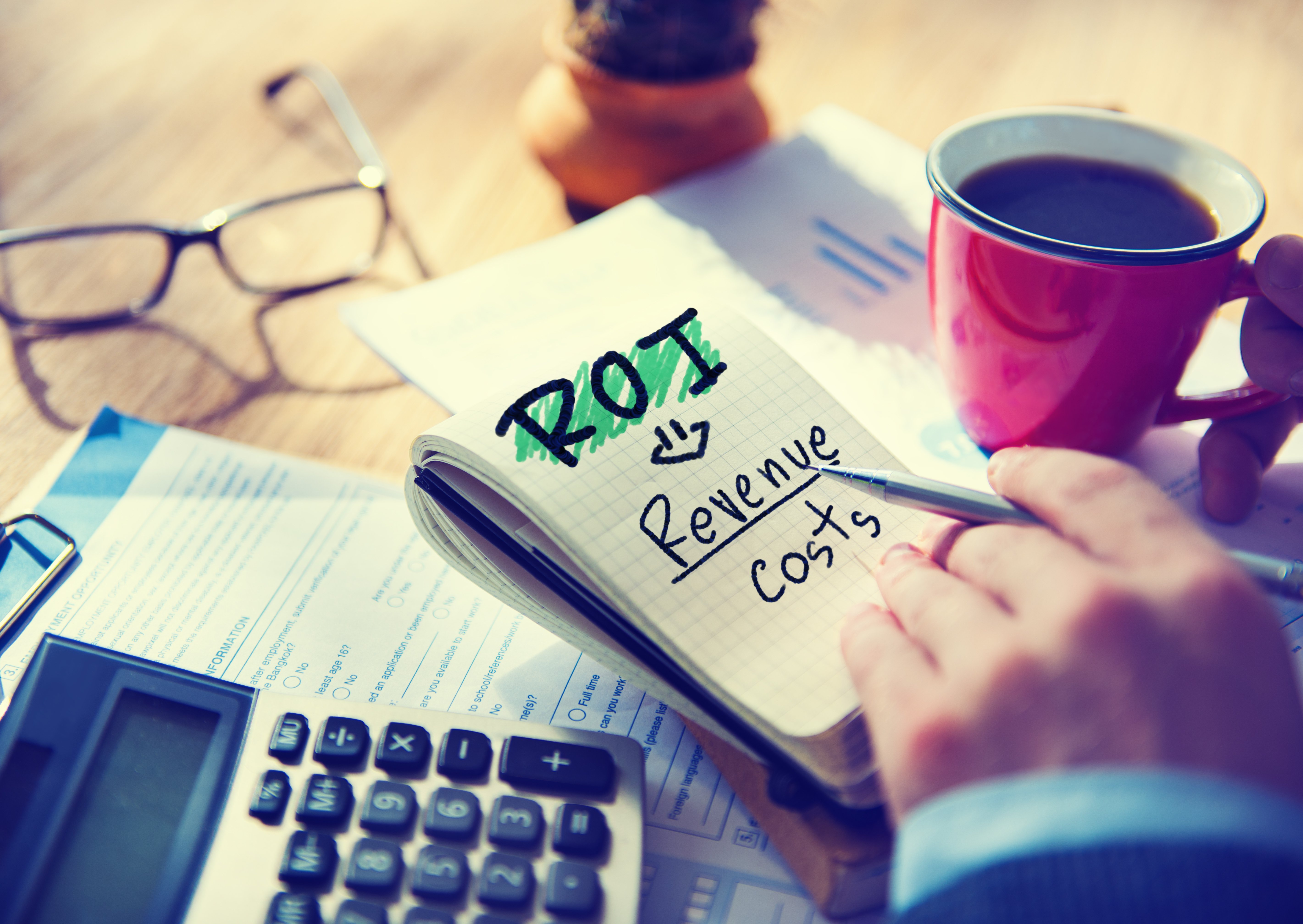How Do You Calculate Marketing ROI?

Every year we interview up to 100 marketers for roles with Mezzanine - from account directors to marketing coordinators, web specialists to writers and graphic designers.
One of the questions we ask account management marketers (those individuals who are in charge of a client's overall marketing program) is, "How do you measure marketing ROI on campaigns and programs you’re running?”

We find this is a good way to separate effective marketers from those who might be great at doing a lot of marketing activities, but not necessarily good at delivering results.
And at the end of the day, great marketing is always about delivering results. When you’re in the marketing services industry, it’s what clients demand of you so you have to be good at it.
What we’ve seen over the last 5 years is that there are far too few marketers who know how to do a marketing ROI calculation. The proportion of marketers who know what marketing ROI is and how to evaluate it isn’t necessarily getting any worse, but it also isn’t getting better at a good pace. We feel that understanding marketing ROI is an important trend and we hope to see it accelerate in the future – both for in-house marketers and those who work as marketing services providers. So in the name of promoting an appreciation for marketing ROI and the ability to calculate it, here’s our cheat sheet.
Analyzing ROI for a single marketing program is relatively easy (although can be deceptive – more on that later). You take the profit that’s generated from the program, subtract the cost of the program, and then divide that number by the cost of the program.
For example, you run a marketing program that costs $100. The program generates $115 of profit. The marketing ROI equation is:
$115 - $100
$100
The ROI on the program is 15%. That’s a good return.
The thing that trips a lot of people up is the profit part of the equation. Sometimes people think that the first part of the numerator is sales or revenue, rather than profit. For companies who have tight margins, that’s a huge difference. For example, if you work in a company that has a 20% gross margin, you need to generate $575 in sales in order to get $115 in profit. On the other hand, if you’re in a business with 70% gross margin, you need $165 in sales for that $115 in profit. Some companies use net margin in their calculation as opposed to gross – there’s no wrong way to do it as long as you consistently calculate it.
Now back to the point about marketing ROI on campaigns being relatively easy, but potentially deceptive. The most difficult part of calculating marketing ROI – especially for B2B companies - is that it’s rarely a single campaign or program that generates revenue. Most B2B buyers have multiple interactions with a potential supplier over an extended period of time before they make a buying decision. They are exposed to multiple campaigns, and it’s difficult to determine which campaign had which amount of impact that lead to the customer’s buying decision. Marketing automation platforms help marketers address this issue – called attribution, and you can read more about attribution in this blog from Marketo.
And how do you measure the ROI of an overall increase in marketing? In a perfect world, you take the increase in a marketing budget from one year to the next, and the difference in profit from one year to the next. For example:
In Year 1, a company generates $200k in profit and spends $40k in marketing.
For Year 2, the company decides it is going to increase its marketing. It increases the marketing budget to $100k. At the end of the year, the company’s profit has increased to $600k. The ROI calculation is:
$400k - $60k
$60k
The marketing ROI is 567%. Fantastic.
Of course, that is ‘perfect world’ because it’s entirely likely that the company did other things alongside increasing the marketing budget – perhaps it also added sales people and customer support people. So it would be inaccurate to say that it was only the marketing that lead to the increased profits.
Great marketers (whether they’re in-house or in a marketing services company) calculate marketing ROI for each campaign they run in order to identify which campaigns deliver the best returns. They also calculate ROI for marketing overall in order to demonstrate the value that marketing is delivering for the company.
Hopefully we’ll see more and more ROI-focused marketing this year and into the future.
Looking for more help to make marketing work in your B2B company? Get proven tips in PROFITGUIDE’s Special Report on The Radical Sales Shift.
.png?width=2361&height=488&name=Mezzanine%20Logo_Horiz_RGB_on%20blue%20(1).png)

